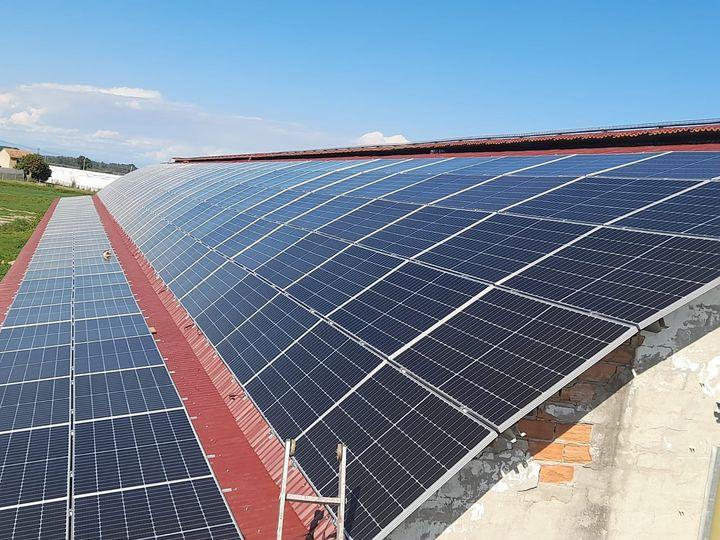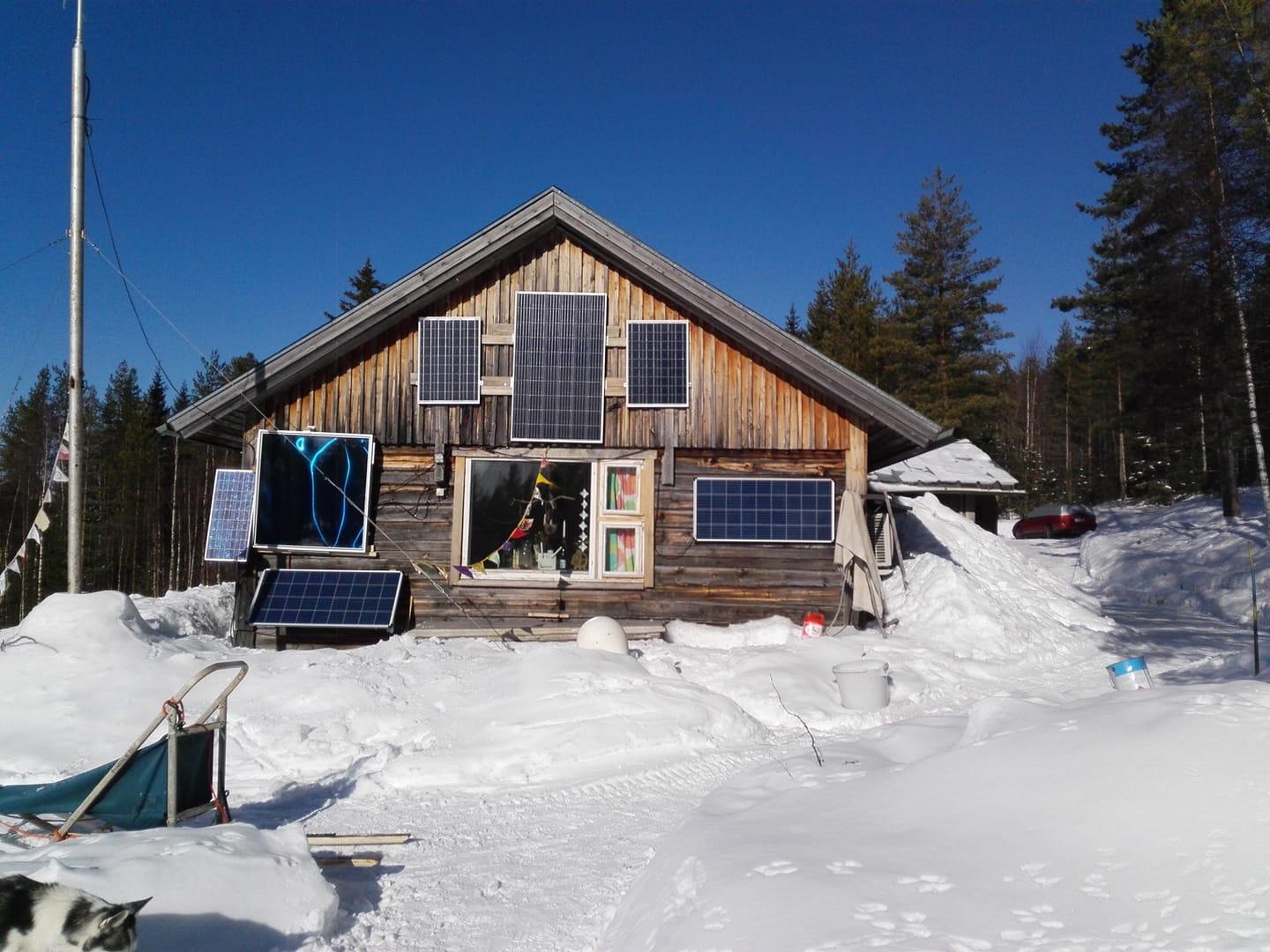Common Issues with Solar Systems in Autumn and Winter
As temperatures drop and daylight hours shorten, many solar system owners notice a significant decline in power generation. These seasonal challenges don’t come without reason—they result from a combination of environmental factors that impact system performance.

Causes & Effects: Why Your Solar System Underperforms in Cold Months
01 Shading: Leaves, Bird Droppings, Dust, and Snow
Main Impact: Sharp power loss & hot spots
What Happens: Leaves, dust, snow, or debris cover part of the panel surface, creating shaded areas.
Consequences:
Reduced Output: Shaded cells stop generating power and reduce the overall string performance.
Hot Spots: Covered cells act as resistors, overheating (beyond 100°C), causing permanent damage and fire risk.
Glass Corrosion: Acidic residues like bird droppings can etch anti-reflective coating, leading to permanent stains.

02 Environmental Loss: Low-Angle Sunlight & Shorter Days
Main Impact: Reduced energy input
What Happens: In fall and winter, the sun sits lower in the sky, and days become shorter.
Consequences:
Weaker Energy Density: Sunlight passes through more atmosphere, reducing its intensity by the time it reaches the panels.
Fewer Daylight Hours: Systems simply have less time to generate power each day.

03 Low Temperatures: Material & Electrical Issues
Main Impact: Mechanical stress & device failure
What Happens: Ambient temperatures fall sharply, with wide day-night swings.
Consequences:
Brittle Materials & Panel Warping: Cold reduces elasticity of EVA encapsulant, leading to micro-cracks and internal stress.
Weakened Strength: Frames and backsheets become less flexible, reducing load tolerance.
Inverter Condensation: Temperature variations cause moisture buildup inside inverters, raising risks of short circuits and communication failure.

04 Thermal Expansion & Contraction
Main Impact: Loose connections & aging cables
What Happens: Large temperature swings cause repeated expansion and contraction of system components.
Consequences:
Loose Connections: Bolts, connectors, and terminals may loosen, increasing resistance, power loss, and fire hazards.
Accelerated Cable Aging: Cable jackets may crack over time due to repeated expansion cycles, raising risks of leakage or short circuits.
Proactive Maintenance: A Complete Fall-Winter Solar Care Guide
Regular Cleaning – Eliminate Shading
Pre-Winter Deep Clean: Clear dust, leaves, and droppings off panels in late autumn.
Safe Snow Removal: Gently push snow off with a soft plastic snow rake. Avoid sharp tools, hot water, or stepping on panels.
Never walk on panels to remove snow or perform maintenance.
Full System Inspection – Secure the Structure
Tighten Connections: Check and fasten all mounting bolts, terminals, and connectors.
Check Cables: Look for wear, cuts, or aging in outdoor wiring and replace if needed.
Protect Equipment – Prevent Failures
Inverter Care: Install in a dry, ventilated, sunny spot. Keep vents clear of snow. Monitor indicators and alarms.
Use Monitoring Systems: Track real-time generation data to detect issues early.
Design Tips for Future Projects
For new installations, consider these cold-climate optimizations:
Steeper Tilt Angle: Helps snow slide off more easily.
Higher Ground Clearance: Prevents snow buildup under the array.